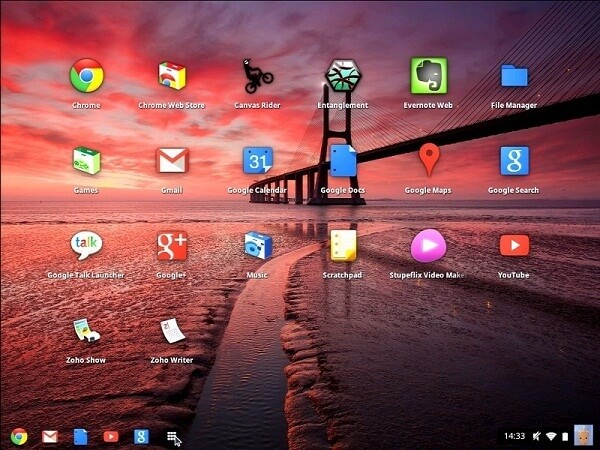

We can partition the disk to our liking, if we desire. Go to “Launch installer”, select your language preference, location, timezone, keyboard layout, English (US) Default layout if you are unsure.Ĭlick Next, and we get to select our OS disk in the partitions menu. Ī “Hello Manjaro” Wizard will start automatically as the VM boots and it will have a built-in installer to help us in our installation. Once you are good with these options, select the Boot: Manjaro in the menu and hit. The all the defaults are good enough, except perhaps your timezone. It is good to see that Manjaro has these details sorted in the boot menu itself, instead of making users go through a tedious setup wizard. In the Boot Menu that would pop up, you can tweak your Time Zone (tz), your keyboard layout and driver support. Find and select it from your filesystem and the VM would boot off of it. Go to Settings → System → Processors.īooting the VM for the first time (just double click on the VM) and VirtualBox would ask you to select the Manjaro ISO that you downloaded earlier. To do this, right-click on the VM and go to Settings. We can tweak the CPU usage a little more, before installing the OS on top of this VM.

Again, Manjaro recommends 30GB of disk space, but the more the better.Ĭlick Create and we are done with the VM creation. If your host allows you, you should allocate more memory for a better experience. For memory, while Manjaro recommends 1GB we are going to allocate twice of that. The VM type is set to Linux with Arch 64 bit version. With VirtualBox installed, let’s create a VM first. It is available for Windows, Mac and most Linux distros. Also if you don’t have it already, you can get VirtualBox here.

We are using the variant which uses Gnome Desktop environment but you are free to pick whichever suits you best. If you wish to follow along you can get a copy of the ISO here. Let’s test Manjaro Linux in a VirtualBox VM to see how true these claims are. You can customize if you have to, but Manjaro tries to get the defaults right the first time. At the same time, it tries to go beyond it Arch lineage by offering an easy to install system which can get you started with in no time. It is meant to provide all the benefits of Arch Linux, its modularity, customizability, etc. Manjaro Linux is based off of the Arch Linux distribution.


 0 kommentar(er)
0 kommentar(er)
